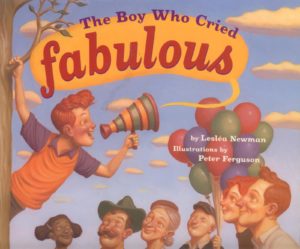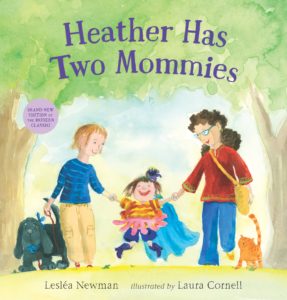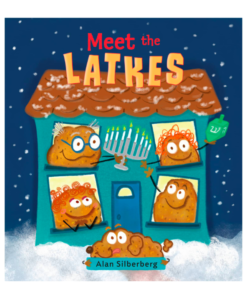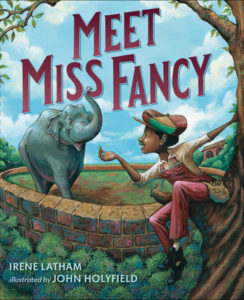 This month’s Author Interview is with Jamie L.B. Deenihan. To help give OPB readers a sense of who she is and what’s she’s all about, let’s play a quick game of Six Total Truths and One Big-time Pants-on-Fire Lie.
This month’s Author Interview is with Jamie L.B. Deenihan. To help give OPB readers a sense of who she is and what’s she’s all about, let’s play a quick game of Six Total Truths and One Big-time Pants-on-Fire Lie.
Which of the following feels completely false? (If you feel the need to cheat, the answer will be hidden somewhere in the interview!)
- Jamie’s first book went through more than 30 revisions before being published.
- Jamie had a book deal BEFORE she landed an agent.
- Jamie lives in Connecticut, very near the family farm she grew up on.
- Jamie has a Master’s Degree as a reading specialist.
- Jamie’s writing is regularly fueled by dark chocolate and cheese popcorn.
- Jamie was a hang-gliding instructor before she became a teacher and an author.
- Jamie bungie jumped off a 50-meter tower in an Australian rainforest at night. Twice!
Website: www.jamiedeenihan.com
Facebook: www.facebook.com/jlbdeenihan
Twitter: www.twitter.com/jlbdeenihan
Instagram: www.instagram.com/jlbdeenihan/
Note: If you STILL feel like you need a bit more background-style stuff about Jamie, check out this nifty-good interview with her by Writers’ Rumpus. And spoiler–OPB will not be asking the same questions.
So without further hubbub and to-do …
RVC: So we met at Jane Yolen’s much-ballyhooed Picture Book Boot Camp. How’d you hear about that event, and what role did it play at your development as a picture book author?
JD: I learned about this opportunity on Facebook in 2017 and since I had my first book under contract with Sterling, I was eligible to apply. With great hesitation, I dropped my application in the mail and I’m so glad I did because attending PBBC played a huge role in my development as a picture book author. I attended PBBC during a time in my life when I needed a sign that pursuing a writing career was the right choice for me. Investing in myself and taking time away to work on my craft and build connections with other people on the same journey helped shift my thinking from “Am I an author?” to “I am an author.”
I was nervous to share my work to Jane, Heidi, and the other Boot Campers, but their feedback helped inspire new ideas and improve my work. Shortly after attending PBBC, I sold my second picture book to Sterling–When Grandpa Gives You a Toolbox–which was the manuscript I read during the PBBC group critique. Since then, I’ve been very fortunate to sell three other picture book manuscripts. I’m forever grateful to Jane, Heidi, and my PBBC family for their encouragement.
RVC: What are a few of the most meaningful lessons that Jane taught/showed you?
JD: One important lesson I learned was that Jane Yolen (over 370 books published) and Heidi Stemple (over 25 books published) still get rejections and navigate the unpredictable nature of the publishing industry just like everyone else. I was surprised to learn that their picture book, You Nest Here With Me, took 11 years to publish. 11 years! However, if you’ve read this picture book, you know it was well worth the wait. Regardless of the challenges or delays they faced, Jane and Heidi always have multiple projects in the works and are very involved in the writing community which helps keep them focused, inspired, and moving forward.
RVC: They’re such terrific role models. You’re right.
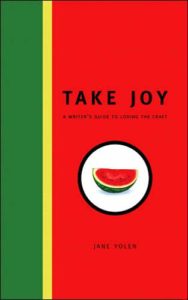 Jane and Heidi’s work ethics are unmatched.
Jane and Heidi’s work ethics are unmatched.
I also love Jane’s saying, B.I.C. or Butt in Chair, which is a reminder that if you want to be a writer you need to get your B in the C and write. There are so many PBBC lessons I could mention here, but if anyone wants to get a sense of the awesomeness we got to experience at Jane’s house, I’d highly recommend reading Jane’s book, Take Joy: A Writer’s Guide to Loving the Craft. One of my favorite excerpts from the book is directly related to Jane’s B.I.C. philosophy. Jane says, “I will not wait around for inspiration but rush right into perspiration mode. I sit at my computer, fingers on the keyboard, and get to work. Writers write. It sounds too simple to be true, but there it is. Writers write.” I read this excerpt often, especially when I’m feeling stuck or doubting myself in any way. It inspires me to get my B.I.C. and get back to work.
RVC: What sparked your initial interest in writing picture books?
JD: Although I’ve always loved to read and write stories, I don’t remember setting goals to become a published author when I was a kid. I do remember wanting to be a veterinarian, until the day I observed a cow’s stomach surgery and quickly decided teaching would be a better fit. I grew up and became a first-grade teacher and a mom who was immersed in picture books for most of the day and I absolutely loved it! It was in those years of teaching full-time and raising two young children that I decided I wanted to publish a book someday. In 2014, my husband and I went to a free library workshop where I received tips about how to become an author. That’s the day I officially set a goal of getting published and I’ve been working at it ever since!
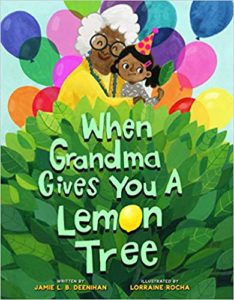 RVC: So your debut picture book, When Grandma Gives You a Lemon Tree, got a starred review by Kirkus! What was your reaction to that news?
RVC: So your debut picture book, When Grandma Gives You a Lemon Tree, got a starred review by Kirkus! What was your reaction to that news?
JD: Before I celebrated, I quickly printed a hard copy just in case Kirkus made a mistake and tried to take it back. Then, I shared the news with my family and celebrated with the book’s illustrator, Lorraine Rocha, via Facebook Messenger. The review from Kirkus was an incredible honor especially since it was the first review I had received for my debut picture book. My favorite part of the review is the last line which says, “Charms from cover to cover.”
Mind blown. Heart melted. My hope is that kids, families, librarians, and educators will also think this book is star worthy.
RVC: If you had to write your own review for When Grandma Gives You a Lemon Tree, what would be the #1 best thing/element that you’d point out? (Yes, yes–someone has finally given permission for a writer to toot their own horn. So please do toot away!)
JD: Two things: the message and the art.
I’ve always loved the popular saying, “When life gives you lemons, make lemonade,” and I think it lent itself well to this picture book concept because the story can be enjoyed at a very literal “lemons to lemonade” level or used to inspire much deeper conversations about facing adversity and creating positive change within ourselves and our community.
I also want to mention Lorraine Rocha’s art which brought the story to life with an expressive and diverse cast of characters. I was thrilled when Kirkus gave Lorraine a ton of well-deserved praise for her illustrations. And guess what? WE GET TO DO ANOTHER BOOK TOGETHER! Our second book with Sterling, When Grandpa Gives You a Toolbox, will be releasing in 2020! Woo-hoo!
Since I’ve had so much fun getting to know Lorraine, I asked her to give me 5 fun facts to include in this interview, so you could all get to know her a bit, too. (These are all true!)
- Lorraine has four sisters which she says was not that fun growing up, but it is now.
- Lorraine grew up in Santa Cruz, which means she has tried surfing.
- Lorraine went to school for architecture and worked in the field for 7 years before switching over to illustration.
- When Lorraine worked at Industrial Light & Magic, among other fun things, she got to create the images for the map sequence in Indiana Jones and the Kingdom of the Crystal Skull.
- Lorraine’s family just got a pet bunny.
Learn more about Lorraine on Instagram @lorraine.rocha.art
RVC: Thanks for the bonus 411 on Lorraine! Good stuff.
Now if Hollywood wanted to make When Grandma Gives You a Lemon Tree into a live-action flick, who would play the You? The Grandma?
JD: This is a fun question, Ryan, and the description of a “live-action flick” makes me picture Grandma and the little girl dressed up like lemon tree Ninjas, sneaking through the night, rescuing lemon trees from people (like myself) who are doing a terrible job of keeping them alive. As far as casting for a movie goes, I’d leave that up to the professionals and hope they’d do a fantastic job like Lorraine did when creating the characters for our book.
RVC: What are some of the most important investments you’ve made in your own writing career?
JD: When I decided to pursue writing picture books in 2014, I had no idea what steps I should take first. Thanks to Dawn Metcalf, the local author who hosted the free library event we attended, I immediately joined a local critique group, became a member of the Society of Children’s Book Writers and Illustrators (SCBWI), joined Julie Hedlund’s 12x12 Picture Book Challenge, attended the New England SCBWI Conference in Springfield, Massachusetts, and participated in many online writing challenges including PiBoIdMo (now called Storystorm), ReFoReMo, and Twitter Pitch Contests. Those investments helped me get my first deal with Sterling, which helped me sign with my agent and made me eligible to attend Jane Yolen’s Picture Book Boot Camp. With each investment, I gained insight into the writing process and the industry, made meaningful connections with people, and gained confidence in myself.
RVC: So you’ve got two Tooth Fairy books coming out with Penguin Workshop–one in in fall 2019 and another in spring 2020. What was the biggest difference between writing your grandparents’ gift series and the Tooth Fairy books?
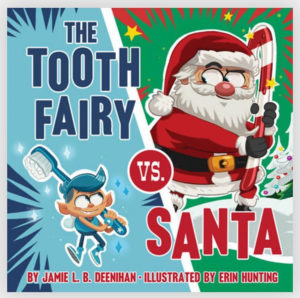 JD: The biggest difference was that the grandparent books were based on real-world stuff and (most days!) I live in the real world, so I could use my personal experiences to create the story. Since the Tooth Fairy books were based on fantasy figures and set in a world called Toothtopia, I had to do a lot of research and extra writing while sorting out the logistics. I wrote bios for my characters and an overview of Toothtopia’s mission. None of that was used in the manuscript, but helped me clarify my vision for the story. Thankfully, Penguin Workshop paired me with someone who is very knowledgeable about working with fantasy and could strengthen my story with her illustrations. I’ve seen previews of Erin Hunting’s illustrations and they are totally TOOTHRIFIC! We can’t wait to share our book, The Tooth Fairy vs. Santa, this fall! Erin is an Australian illustrator who has drawn comic covers for Adventure Time and Jughead, written and drawn a Garfield comic for BOOM! Studios, and worked in character design and visual development for Sesame Studios and Nickelodeon. You can follow Erin on Instagram and Twitter @erinhunting
JD: The biggest difference was that the grandparent books were based on real-world stuff and (most days!) I live in the real world, so I could use my personal experiences to create the story. Since the Tooth Fairy books were based on fantasy figures and set in a world called Toothtopia, I had to do a lot of research and extra writing while sorting out the logistics. I wrote bios for my characters and an overview of Toothtopia’s mission. None of that was used in the manuscript, but helped me clarify my vision for the story. Thankfully, Penguin Workshop paired me with someone who is very knowledgeable about working with fantasy and could strengthen my story with her illustrations. I’ve seen previews of Erin Hunting’s illustrations and they are totally TOOTHRIFIC! We can’t wait to share our book, The Tooth Fairy vs. Santa, this fall! Erin is an Australian illustrator who has drawn comic covers for Adventure Time and Jughead, written and drawn a Garfield comic for BOOM! Studios, and worked in character design and visual development for Sesame Studios and Nickelodeon. You can follow Erin on Instagram and Twitter @erinhunting
RVC: Here’s the final question before the much-praised and rarely-equaled OPB SPEED ROUND. [Sidenote: If I were a more skilled computer person, I’d make it so once this Speed Round hype moment appears on your screen, it’d play that movie-style Duh-duh-DAH!!!! music to generate some last-minute heart thrumming.)
People ask me all the time about the G in “Ryan G. Van Cleave.” I typically go Gatsby-style and just invent a new reason every time, such as #2 here. In all honesty, it’s for two reasons. 1) So people stop calling me “Dr. Cleave.” 2) To differentiate myself from other “Ryan Van Cleaves,” of which there are more than a few, including an IT guru from Germany, an internet poet, and a California guy with a pretty hefty criminal record.
Your turn–what’s the dealio with L.B.?
JD: The explanation behind my initials isn’t as much fun as yours unfortunately. The L stands for Lightning, which is my middle name, and the B stands for Belgium, where I was born.
Whoa! You’re right, Ryan, making up answers to this question is so much fun!
But seriously, the L stands for Lynn which is my middle name, and the B stands for Bielonko, which is my maiden name and the name of the farm I grew up on. When I got married, I had a hard time deciding which name to part ways with, so instead, I kept them all!
RVC: It’s time for … THE SPEED ROUND! Ready? GO! What’s something most people don’t know about a lemon tree?
JD: I have always longed to be a successful lemon tree caretaker, like the determined little girl in the story. Sadly, I own three lemon trees and none of them enjoy living in my house despite my ongoing attempts to accommodate them with heat lamps, special fertilizer, bedtime stories, and encouragement. Logee’s Greenhouses in Danielson, Connecticut, however, has a Ponderosa Lemon Tree that is 119 years old and still producing lemons! I’ve visited Logee’s to see the tree in person and it’s awesome.
RVC: If “bacon” is the answer, what’s the question?
JD: What do you cook on Saturday mornings that sets the fire alarm off every single time?
RVC: Favorite Crayola color?
JD: Lemon Yellow. Actually, L.Y. was one of the first Crayola colors to be forced into retirement in 1990, but she’ll always be my favorite.
RVC: Most terrifically awesome picture book from 2018?
JD: Not fair. Just not fair. So, instead of naming one book, here are a few of my favorite 2018 titles–in no specific order–that my kids and I own and have read in the past few days because they’re terrifically awesome.
RVC: Primary superpower of your super agent, Linda Camacho (interviewed at OPB here not so long ago!)?
JD: Linda is most definitely a super agent. She has a rock-solid background in all areas of publishing, she is laser focused on her clients’ careers, and I especially appreciate her lightning speed response times when we communicate. Linda has guided me in making my dream of becoming a picture book author a reality and I’m very proud to be represented by her and the powerhouse team at Gallt & Zacker Agency.
RVC: When OPB comes to interview you for the 10th anniversary of the publication of your debut picture book, what’s going to be the biggest literary-world highlight that you’ll have to share with us?
JD: I hope to tell you that my debut picture book is still in print and I’ve got many more books on the way. Anything else wonderful that happens will be a bonus.
RVC: Thanks so much, Jamie!
JD: It was my pleasure, Ryan! Thank you for everything you do to support picture book authors and their books. I look forward to cheering each other on for many years to come!
And for those OPB readers who are ACHING to know the answer to the Six Total Truths and One Big-time Pants-on-Fire Lie?
Although hang gliding is on Jamie’s bucket list, #6 is pure fiction. Completely not a fact. Not even an “alternative fact.”


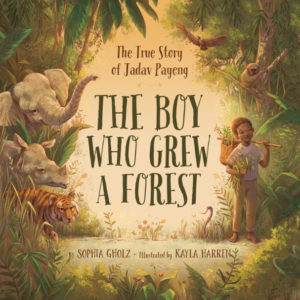



 This month’s Author Interview is with Jamie L.B. Deenihan. To help give
This month’s Author Interview is with Jamie L.B. Deenihan. To help give 


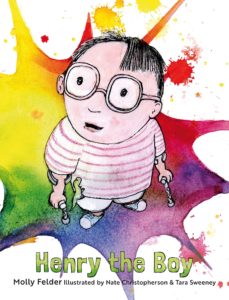
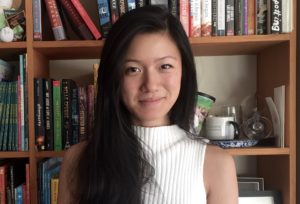 This month’s Industry Insider interview is with Wendi Gu of Janklow
This month’s Industry Insider interview is with Wendi Gu of Janklow 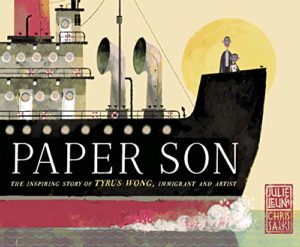
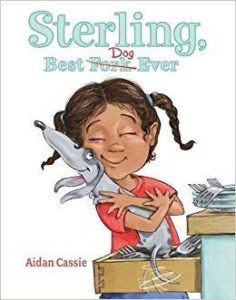
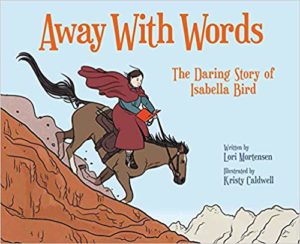

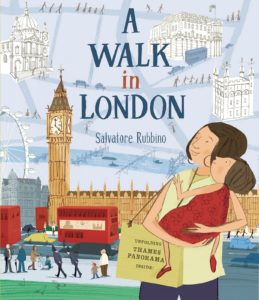
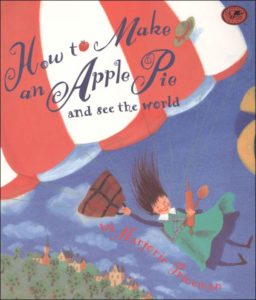
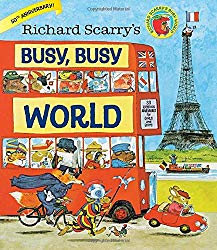
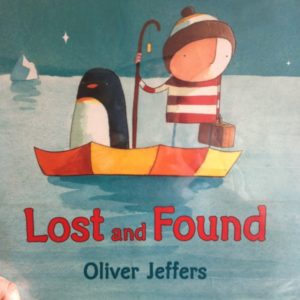
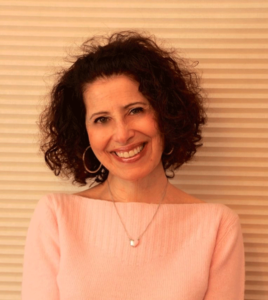 The February 2019 author interview at
The February 2019 author interview at 

